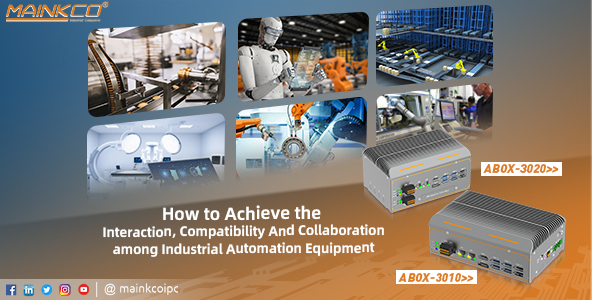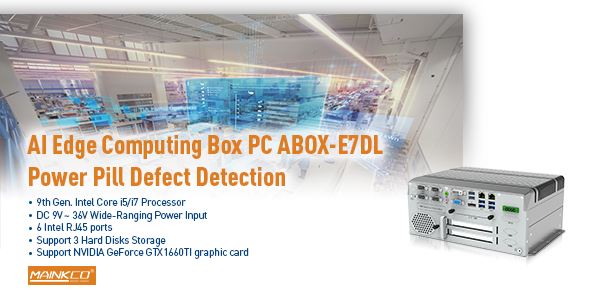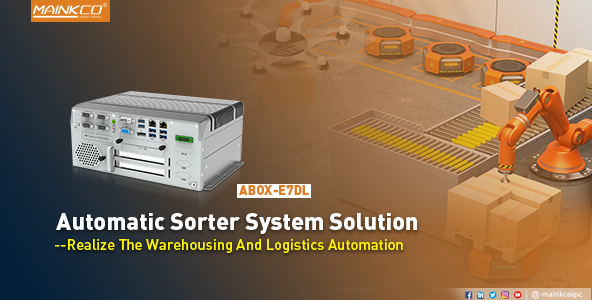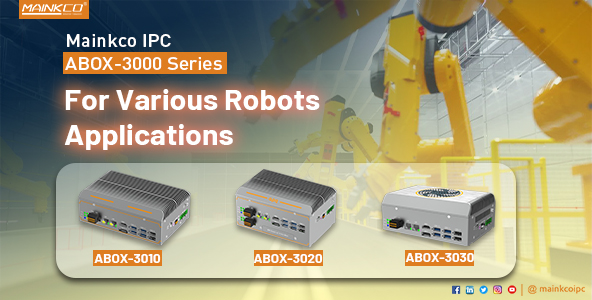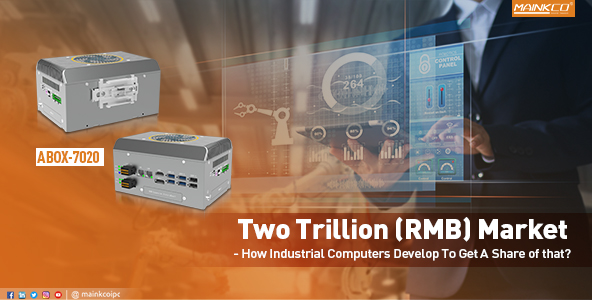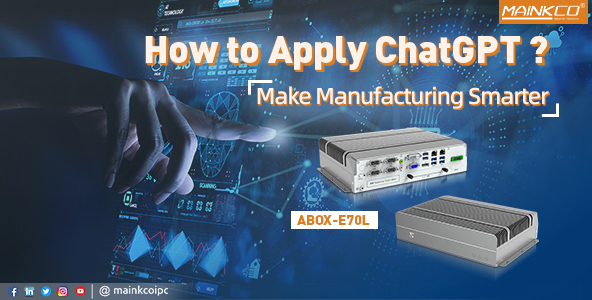With the advent of the era of personalized demand, in order to flexibly respond to the external market demand, the traditional production system needs to be interoperable, decentralized, modularized, service-oriented, real-time, to transform to the intelligent factory mode. To achieve this goal, enterprises need to break the closed and dedicated PLC / DCS and other industrial automation systems, so that various complex industrial automation equipment can interact, and quickly establish an efficient operation management system to meet the needs of customized production, while realizing the high-precision requirements of process control.
The closure and specificity of the automated control systems still exist:
At present, in the production workshop, more and more enterprises use the bus technology to realize the interconnection of automation equipment, but this way can only solve the basic data collection and coordination problems. For a long time, the field of industrial automation is involved in a wide variety of hardware equipment, there are closed and specificity, the depth of hardware and software deep binding, communication protocol and interface are not unified, poor multiplexing. If the traditional centralized control method is adopted, different protocols need the protocol transformation, in the system integration process, the software “hardening” phenomenon is serious. In addition, for those older devices, their control systems are expensive to maintain and upgrade, and users are always unable to really penetrate into the software environment to break down the barriers.
From the perspective of the market, automation system manufacturers have been around the “hardware + software” bundling mode in evolution, even if the same supplier of PLC, servo, inverter and other different products, often have their own adaptation software, to the customer in product selection, programming, product parameter set many inconvenience, only through the supplier configuration tools and controller for limited interaction.
In today’s rapid development of IT technology, this closure and specificity greatly hinder the upgrading and migration of automation control software, as well as the deep and efficient integration of OT and IT, and a large number of information islands exist.
How to make industrial automation systems open?
In the era of the Internet of everything, the industrial automation should promote the application of the industrial Internet, realize intelligent manufacturing, and establish a fully open and interoperable automation system is the way out of industrial automation. To truly integrate IT and OT, the primary goal is to bridge this gap, completely self-innovate, and integrate into an open automated ecological environment.
Under the strong pull of market demand, industrial automation will inevitably undergo leapfrog changes, gradually from closed to open. The connotation of open automation ecology is the standardization and open resource sharing of the automation industry, through the formulation of various standards for industrial automation providers to create good compatibility and cooperation, but also to bring more flexibility and cost advantages for manufacturing enterprises.
In order to realize the openness of the industrial control system, we must first break down the barriers and establish the industry standards in the field of automation. For example, the IEC61131-3 international standard of the PLC programming language is a global standard in the field of industrial control formulated by the IEC International Electrotechnical Commission. IEC61131 has long been widely used in industrial control situations and is familiar to most programming engineers. However, IEC61131 standard is suitable for single-machine operation, so the design of distributed control is not only heavy workload, but also requires a lot of manual modification, which is not highly efficient.
Another IEC 61499 standard is an executable system-level modeling language based on event-triggered functional blocks, which provides a logical code-standardized encapsulation method. The IEC 61499 standard has changed the state that the control hardware and software have been tightly tied together for many years. It not only solves the problem of portability, configurability and interoperability between different manufacturers, but also solves the problem of software and hardware independence.
The opening process of industrial automation platform is accelerated
At present, the mainstream manufacturers in the field of industrial automation are committed to breaking the closure and specificity of industrial equipment, and launching an open industrial automation platform.
Delta’s Su platform DIAStudio. As an integrated development platform, it replaces the traditional closed development mode, allowing equipment developers to quickly complete the selection, parameter setting, network debugging and other operations of Taiwan reach automation products (such as PLC, HMI, servo, inverter, etc.), shorten the system configuration time, and improve the design convenience.
With Bosch Rexroth ctrlX AUTOMATION, it removes the traditional boundaries between machine control systems, IT and the Internet of Things. With scalable platforms, flexible creation of centralized and decentralized automated topologies, and with Linux, ctrlX AUTOMATION has reduced engineering commissioning time and workload by 30 percent to 50 percent through real-time operating systems, open standards, applied programming technology, web-based engineering, and comprehensive Internet of Things connectivity.
In 2020, Schneider Electric launched the world’s leading software-centric EcoStruxure Open Automation Platform (EcoStruxure™ Automation Expert). This is an innovative open automation product based on IEC61499 standards. By decoupling software and hardware, EcoStruxure promotes ‘plug and play production’ in the field of industrial automation technology, effectively solves the problems of portability, configurability and interoperability of application software between manufacturers, and promotes the efficiency jump in the field of engineering design and operation.
To sum up
In general, the construction of open industrial automation standards and platforms is still in the exploratory stage, and the application and promotion are still insufficient. Industry standard organizations, automation manufacturers, system integrators, and manufacturing enterprises need to work closely together to shape the application ecosystem of open industrial automation. Looking forward to the future, industrial automation is an unstoppable and inevitable trend. Only in this way can the deep integration of IT and OT be truly realized, and industry 4.0, intelligent manufacturing and industrial Internet can move from the blueprint to the reality.
